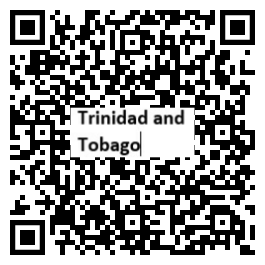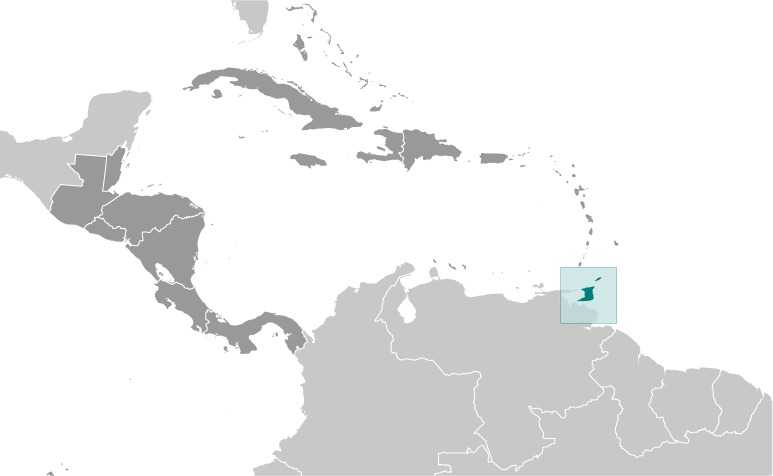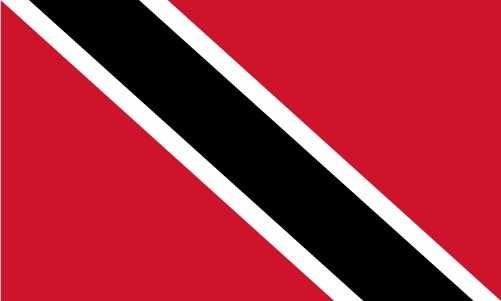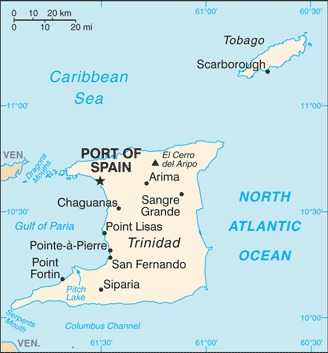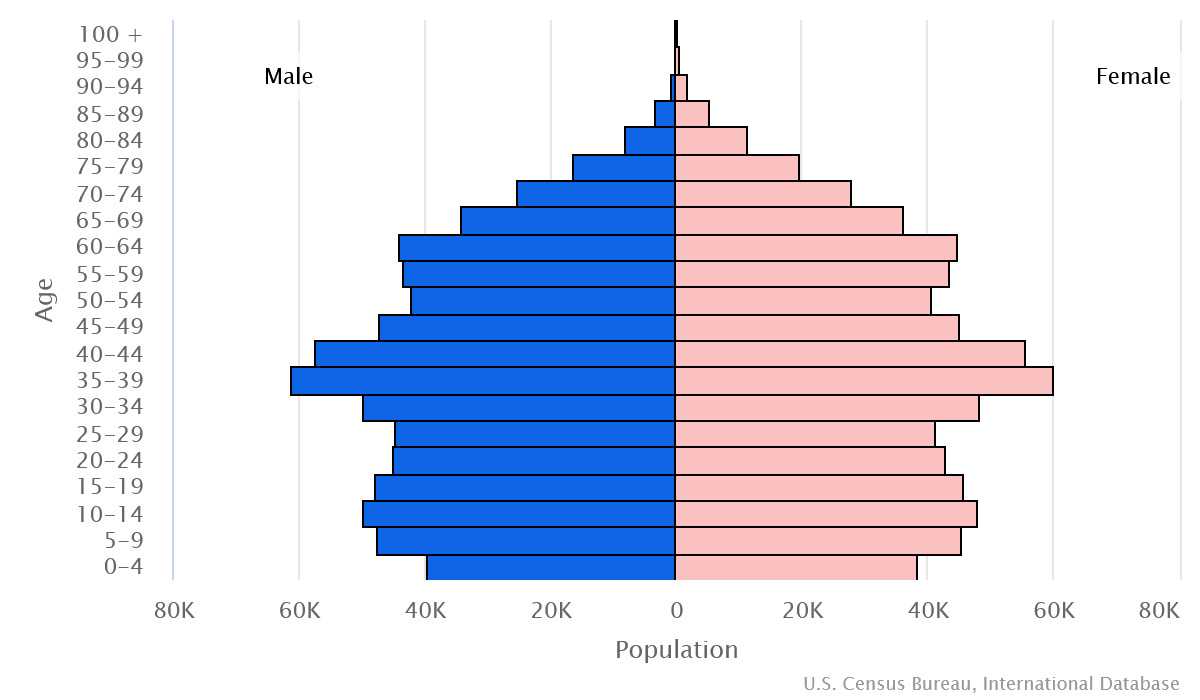Introduction
Background
First colonized by the Spanish, the islands came under British control in the early 19th century. The islands' sugar industry was manned by contract laborers from India between 1845 and 1917, which boosted sugar production as well as the cocoa industry. The discovery of oil on Trinidad in 1910 added another important export. Independence was attained in 1962.
Geography
Area
total: 5,128 sq km
land: 5,128 sq km
water: 0 sq km
Climate
tropical; rainy season (June to December)
Natural resources
petroleum, natural gas, asphalt
People and Society
Population
total: 1,408,966
male: 708,260
female: 700,706 (2024 est.)
Ethnic groups
East Indian 35.4%, African descent 34.2%, mixed - other 15.3%, mixed - African/East Indian 7.7%, other 1.3%, unspecified 6.2% (2011 est.)
Languages
English (official), Trinidadian Creole English, Tobagonian Creole English, Caribbean Hindustani (a dialect of Hindi), Trinidadian Creole French, Spanish, Chinese
Religions
Protestant 32.1% (Pentecostal/Evangelical/Full Gospel 12%, Baptist 6.9%, Anglican 5.7%, Seventh Day Adventist 4.1%, Presbyterian/Congregational 2.5%, other Protestant 0.9%), Roman Catholic 21.6%, Hindu 18.2%, Muslim 5%, Jehovah's Witness 1.5%, other 8.4%, none 2.2%, unspecified 11.1% (2011 est.)
Population growth rate
0.1% (2024 est.)
Government
Government type
parliamentary republic
Capital
name: Port of Spain
Executive branch
chief of state: President Christine KANGALOO (since 20 March 2023)
head of government: Prime Minister Keith ROWLEY (since 9 September 2015)
Legislative branch
description: bicameral Parliament consists of:
Senate (31 seats; 16 members appointed by the ruling party, 9 by the president, and 6 by the opposition party; members serve 5-year terms;)
House of Representatives (42 seats; 41 members directly elected in single-seat constituencies by simple majority vote and the house speaker - usually designated from outside Parliament; members serve 5-year terms)
Economy
Economic overview
high-income Caribbean economy; major hydrocarbon exporter; key tourism and finance sectors; high inflation and growing public debt; long foreign currency access delays; large foreign reserves and sovereign wealth fund
Real GDP (purchasing power parity)
$35.667 billion (2022 est.)
$35.146 billion (2021 est.)
$35.514 billion (2020 est.)
Real GDP per capita
$23,300 (2022 est.)
$23,000 (2021 est.)
$23,400 (2020 est.)
Agricultural products
chicken, fruits, coconuts, citrus fruits, plantains, maize, eggs, oranges, tomatoes, bananas (2022)
Industries
petroleum and petroleum products, liquefied natural gas, methanol, ammonia, urea, steel products, beverages, food processing, cement, cotton textiles
Exports
$17.584 billion (2022 est.)
$11.542 billion (2021 est.)
$6.44 billion (2020 est.)
Exports - partners
US 35%, Belgium 6%, Morocco 5%, Spain 4%, Brazil 4% (2022)
Exports - commodities
ammonia, natural gas, crude petroleum, acyclic alcohols, fertilizers (2022)
Imports
$10.694 billion (2022 est.)
$8.636 billion (2021 est.)
$6.785 billion (2020 est.)
Imports - partners
US 40%, China 9%, Italy 7%, Brazil 4%, Canada 3% (2022)
Imports - commodities
refined petroleum, iron ore, cars, plastic products, excavation machinery (2022)
Exchange rates
Trinidad and Tobago dollars (TTD) per US dollar -
Exchange rates:
6.754 (2022 est.)
6.759 (2021 est.)
6.751 (2020 est.)
6.754 (2019 est.)
6.771 (2018 est.)
Page last updated: Wednesday, May 15, 2024
